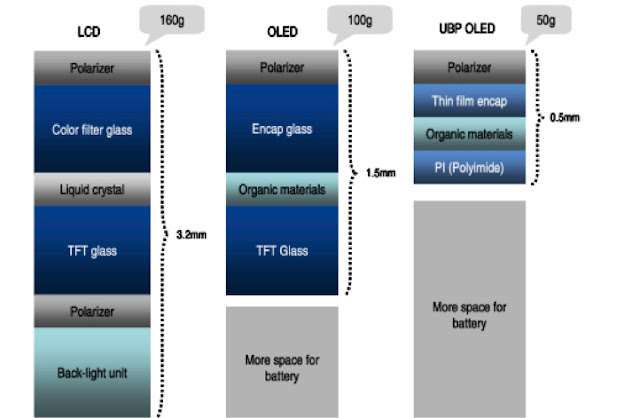Samsung has announced that they have started producing 4GB LPDDR3 mobile DRAM for smartphones and tablets, and we can expect to see this in our next generation devices.
The new 4Gb LPDDR3 mobile DRAM enables performance levels comparable to the standard DRAM utilized in PCs, making it an attractive solution for demanding multimedia-intensive features on next-generation mobile devices such as high-performance smartphones and tablets, Samsung claimed.
The 4GB LPDDR3 can transmit data at up to 2,133 megabits per second (Mbps) per pin, which is more than double the performance of the preceding memory standard mobile DRAM (LPDDR2) with a data transmission speed of 800Mbps, Samsung disclosed.
Young-Hyun Jun, EVP of memory sales and marketing at Samsung Electronics said, “By providing the most efficient next-generation mobile memory with a very large data capacity, we are now enabling OEMs to introduce even more innovative designs in the marketplace.“Our 20nm-class four gigabit mobile DRAM provides another example of our ability to deliver well-differentiated, high-performance, high-density memory to customers in a timely manner.”
Meanwhile, in comparison to a 30nm-class LPDDR3 DRAM, the new device generates more than a 30% improvement in performance and 20% savings in power consumption, the firm added.
In addition, by adopting Samsung’s 4Gb LPDDR3 mobile DRAM, OEMs can have a 2GB package that includes four of Samsung’s new chips in a single package that meets the memory package height of 0.8mm, Samsung said.
Samsung also said it will increase production of its 20nm-class mobile DRAM chips later in 2013. It did not elaborate on the details.
We wonder if it will appear in the new Samsung Galaxy Note 3 which is rumored to launch some time this year.




















